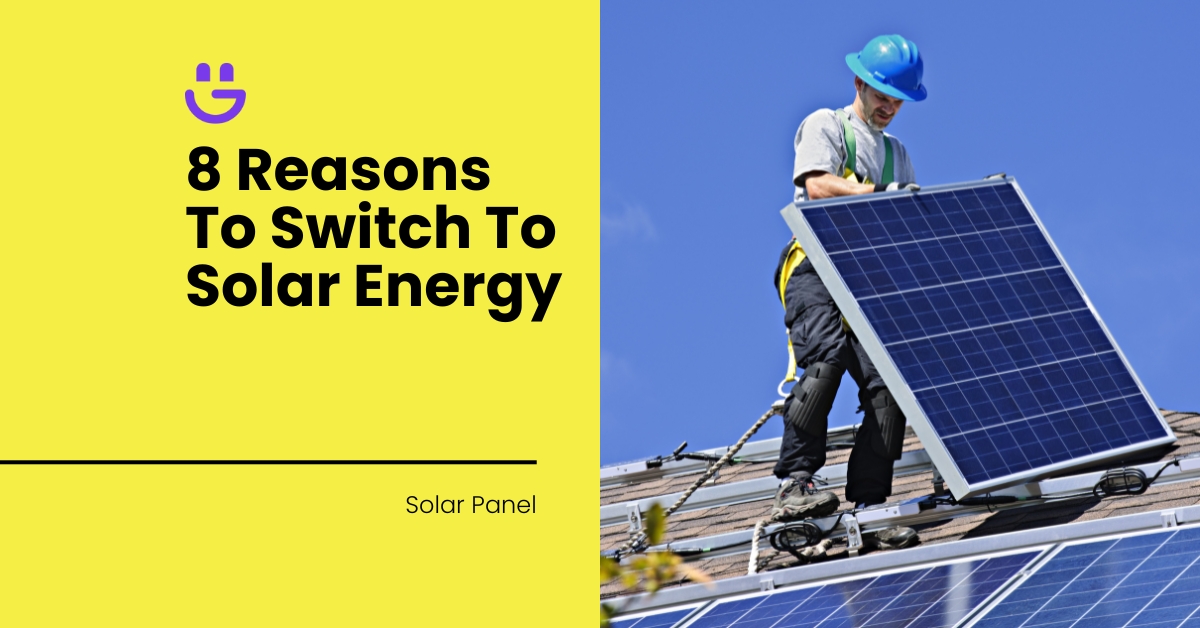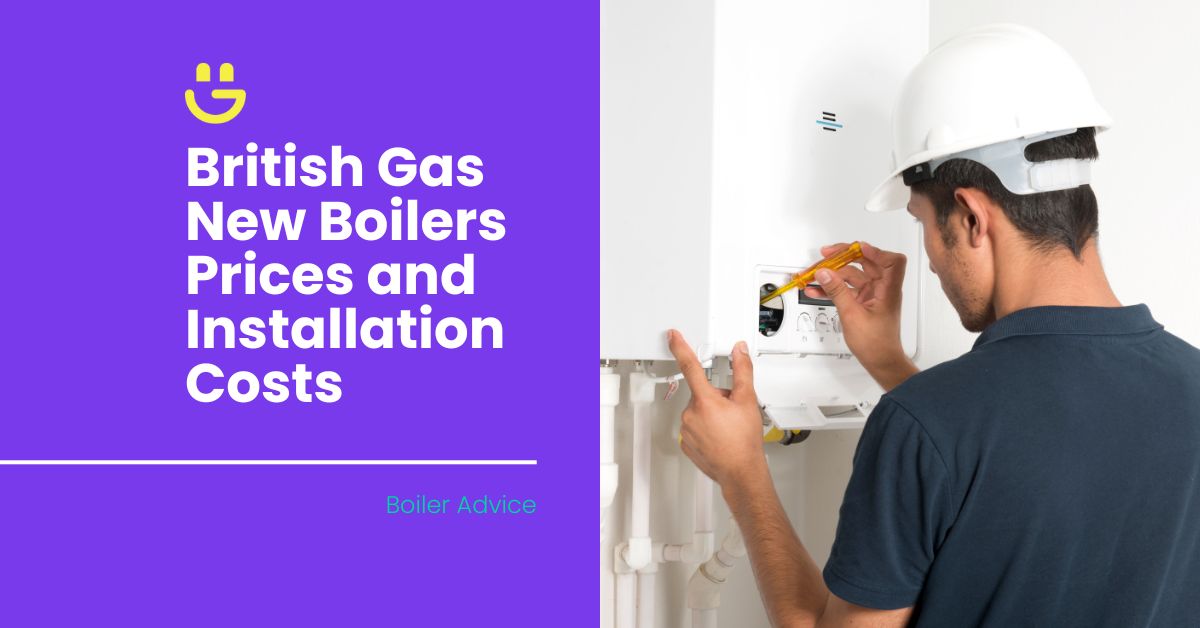Last Updated on November 14, 2025
Technically, yes, you can mix different voltage solar panels; however, it is not recommended. It takes careful configuration to ensure the panels work together instead of against each other.
Incorrect configurations can result in inefficient solar panels. Let’s explore how you can ensure the right mix of different-sized solar panels to provide the best results.
Contents
- 1 How Does Solar Panel Current Work?
- 2 How Can You Connect Solar Panels?
- 3 What Are The Advantages Of Mixing Different Voltage Solar Panels?
- 4 What Are The Disadvantages Of Mixing Different Voltage Solar Panels?
- 5 How Can A Charge Controller Assist With Mixed Voltage Solar Panels?
- 6 What Are The Best Practices When Mixing Solar Panels?
- 7 FAQs
- 8 Conclusion
How Does Solar Panel Current Work?
It is imperative to understand how solar panels work and the different options for mixing them. Solar panels receive sunlight, collect it, and convert it into electricity using photovoltaic (PV) cells.
When sunlight hits these cells, it creates an electric current, which can be measured in three different parameters:
- Voltage: Voltage is the potential energy available to push electrons.
- Amperage: Amperage is the current that is generated.
- Wattage: Wattage is the output or rate of energy being transferred. It results from the voltage (strength) and the amperage (size).
The voltage and amperage are proportional to the output. If you increase the voltage or amperage, the wattage will also increase.
It is important to note that different setups will have different results when mixing solar panels. Voltage is a crucial factor, as it affects the power output, overall performance, and efficiency of the solar panel array. Let’s look at these setups.
How Can You Connect Solar Panels?
There are two main ways that solar panels can be connected:
Solar panels connected in series
- Voltage: Adds up.
- Current: Limited to the lower power rating.
When you connect solar panels in series, the voltage of each panel adds up. For example, if one solar panel is 10 V and a larger panel is 12 V, you would get a total of 22 V.
While the current remains the same, it is limited to the lowest current rating. Ensure they have the same or similar current rating (for example, both should have 5 amp outputs). Since the current is limited to the lowest rating, it can reduce the panels’ efficiency.
How do you wire solar panels in series?
When wiring panels in series, the voltage of each solar panel is added together. However, it operates at the lowest current level, which can reduce efficiency. The panels that perform below their level can cause a drag effect, slowing the entire process down.
Solar panels connected in parallel
- Voltage: Stays the same, limited to the lowest voltage.
- Current: Adds up.
When you connect solar panels in parallel, you get the same voltage as before, but the current adds up. If you have different voltage solar panels, the panels are limited to the lowest voltage panel.
For example, if you have a 10 V solar panel and a 12 V panel, the voltage would be limited to 10 V for the panels in parallel.
How do you wire solar panels in parallel?
When wiring solar panels in parallel, the current gets added up, giving you a higher energy output. However, the lowest-level solar panel must be able to handle the current from all the other panels in parallel; otherwise, it can cause overheating.
What Are The Advantages Of Mixing Different Voltage Solar Panels?
Mixing different voltage solar panels can make a solar system design more flexible. If you already have some solar panels installed and you are adding to them, this might be an option. When done by a professional installer who has considered all potential pitfalls, it is possible to have a mix of different voltage or wattage solar panels.
What Are The Disadvantages Of Mixing Different Voltage Solar Panels?
The biggest disadvantage of mixing solar panels is that it could result in an inefficient system.
If some of the panels in the system are forced to work harder than they are designed to, it can result in dangerous connections, performance drag, or damage the system.
How Can A Charge Controller Assist With Mixed Voltage Solar Panels?
If you mix solar panels, it would be wise to get a charge controller to prevent overcharging, as batteries can be damaged if they receive too much voltage. There are two main types of charge controllers:
- Pulse-width modulation (PWM): This system is simpler and more cost-effective. It regulates power to the battery by quickly switching the power on and off. PWM controllers operate best with fixed voltage, which is why they are not suitable for different-wattage solar panels.
- Maximum power point tracking (MPPT): The best option for your mixed-wattage solar panels is the MPPT charge controller, as they can handle different voltage inputs.
What Are The Best Practices When Mixing Solar Panels?
While it isn’t recommended to have different voltage panels, certain basic electrical rules apply to wiring mixed-wattage solar panels. Here are some tips to keep the negative effects to a minimum:
- Minimise the difference between the voltages. Keep them as close as possible to get the best power output. Even the smallest voltage difference can impact efficiency and power output. Try to keep the voltage difference within 10%. The closer the voltage on the different solar panels, the better the solar power will be.
- Ensure that the charge controller, inverter, and batteries can handle voltage fluctuations and the mixed voltage input.
- Use larger cables to minimise power loss. A wider-diameter cable is best suited for mismatched panels. A qualified solar installer can recommend the appropriate cable size for your system.
FAQs
What do I do if I already have mismatched solar panels connected?
You should speak to a qualified installer to assist you with this. The installer will advise on any amendments that you can make or ways to upgrade your system. It is best to use panels with the same voltage, or as close as possible.
Is it dangerous to connect solar panels with different voltages?
Yes, it can be dangerous if the system is incorrectly configured, as it can result in the system overloading or overheating. It can potentially cause damage.
Can I take advantage of renewable energy incentives even if I have mismatched panels?
Having mismatched panels won’t affect your ability to send electricity back to the grid with net metering and the Smart Export Guarantee. However, if you have different wattage solar panels and your system doesn’t run efficiently, it may not produce enough electricity to send back to the grid.
Conclusion
Although there may be circumstances where it seems like the best option is to mix solar panels, it is better to avoid doing this if possible. Mixing different voltages can reduce your system’s overall efficiency and power output.
Careful consideration and planning need to take place regarding the electrical parameters. If it is not possible to closely match the solar panel output, you may need to consider a different solution. However, if it cannot be avoided, it’s best to use panels with similar voltage and amperage ratings for optimal performance.
If you’re looking for advice regarding your solar requirements or help designing a system that will work best for mismatched solar panels, contact us at Eco Happy. Our expert team has experience working with all types of solar arrangements.





Tom Allen
Solar Expert